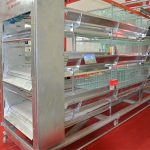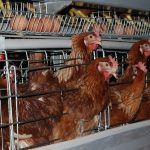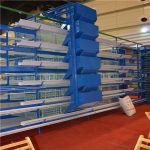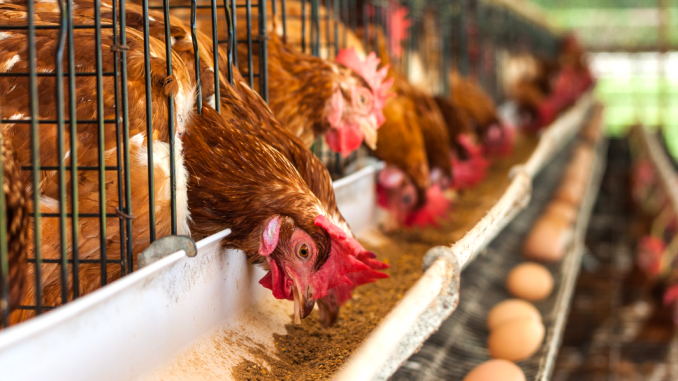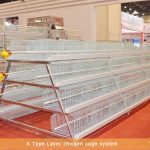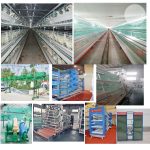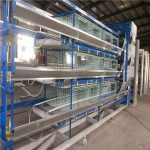In the current chicken industry, many farmers are usingautomated poultry breeding equipment to raise chickens. There are many advantages to adopting cages, such as: intensive breeding, saving space, easy management, saving labor costs, and so on. Let’s take a detailed look at the advantages of cages:
1. The cage equipment generally adopts a multi-layer structure, which can fully benefit the chicken house area, and raise more numbers in the chicken house of the same area, thereby increasing the economic benefits of the farmers in the later period.
2. With caged equipment, the chickens will not directly touch the feces, which can greatly reduce the diseases caused by fecal infections, reduce the incidence of diseases, and facilitate the disposal of feces. Cage raising can also detect abnormalities in the flock in time. Once the chickens have disease symptoms, they can be detected in time for timely treatment, which can avoid economic losses caused by disease transmission.
3. The use of caged equipment allows the chickens to have enough feeding and drinking positions to ensure that each chicken can get reasonable drinking and feeding, and the uniformity of the chickens is better.

4. Reduce the labor intensity of the farmers. If flat rearing is used, not only the number of breeding is small, but also the breeder can’t manage it alone. The chickens are raised, grown and produced in cages, which is more convenient for the farmers to manage the flock, including the maintenance of the sanitary environment inside the chicken house. The use of cages not only increases the number of breeding, but also reduces labor intensity.
However, in the process of breeding, we must pay attention to some problems to achieve better breeding results. The daily items to be noted for caged chickens are:
1. Stocking density. With cage-raising equipment, the breeding density is relatively high and the number is relatively large. Farmers cannot blindly place the flock of chickens. They must allocate a reasonable amount according to different specifications, sizes and types. If the stocking density exceeds the number ofchicken battery cages, it will cause crowding of the chickens and affect growth and development, and excessive numbers will also affect the air quality of the chicken coops and the service life of the chicken cages. At the same time, it may also cause the chickens to be bullied and pecking each other. Therefore, farmers should make reasonable adjustments according to the growth stage of the chickens in time to ensure that the density of the chickens is appropriate, which is conducive to the growth and development of the chickens.
2. Do a good job of ventilation. The caged chicken house has a higher feeding density than a flat chicken house, and the population is larger, and it produces more harmful gases such as manure and carbon dioxide. Therefore, farmers must do a good job of ventilation during the breeding process. Exhaust harmful gases in a timely and effective manner, introduce fresh air into the chicken house, and keep the air in the chicken house fresh and with suitable humidity.


